When I was a little girl I hated math.
Like despised it.
I was the child that took forever to memorize math facts, stared blankly at word problems, and suddenly had to go to the bathroom when it was math time.
Sound familiar?
It just didn’t make SENSE to me. I had no idea why some problems meant to add and others meant to divide.
Now this, this made sense to me:
As a teacher, I tried to helped kids “get” math and problem solving. I really wanted them to understand the why, and not just the how. However, it took me a very long time to get there and I had lots of “learning experiences” in between! LOL
Here are some strategies that I learned over the years, to help students solve world problems.
Forget the Key Words
This is a tricky one and there are lots of different opinions on this. For the most part, I avoided teaching students key words in math problem solving. Why? Well, they didn’t always WORK. Instead of focusing on what the problems was asking for, students zoomed in on a key word and some numbers. BOOM! They had an answer. They just didn’t understand WHY it was the answer or explain how they got it….other than “I added.”
Jessica over at What I have Learned wrote a great blog post about NOT teaching key words in problem solving. You can read it here.
Increase or Decrease?
Often, I tried to get kids to focus on the nitty-gritty….is the answer going to increase or decrease? Are we getting more or less? Most kids, even some with language processing issues, could understand and usually get if the answer was going to get “bigger” or “smaller.”
This is an important skill. First, it helps kids understand what is even being asked. Second, it can help students choose an operation to help solve the problem.
Which leads me to my next point.
Teach the Relationship Between the Operations
Each year (especially in third grade, where are four operations are taught), I made an anchor chart with students. It looked like this:
We added to it all year long, as we learned more about each operation. On the edges of the poster we made notes about how addition and multiplication usually led to a larger answer (when working with whole numbers) and division and subtraction usually led to a smaller answer. I showed this with the arrows. We also talked about how addition -subtraction and multiplication-division were inverse relationships.
I kept this anchor chart up all year for students to reference.
Help Students Visualize Problem Solving
There are many awesome ways to help students solve the problems. There are great acronyms and graphic organizers. I liked to keep it as simple as possible.
I used this format:
Understanding Word Problems
Well, this tip isn’t rocket science, but I still felt it need to be said. Students need time to master problem solving with ONE step word problems, before moving on two step problems. I know this is a hard one, because it is explicitly states in the second grade CCS that students need to solve two step word problems. However, if kids aren’t ready for it…they aren’t ready for it. This is when math groups are really your best option. Kids can work on the word problems of varying styles and steps, with a varying amount of teacher support.
When students ARE ready for two step word problems, I tried to help students understand what was going on with ALL THOSE WORDS.
We asked ourselves who, what, how, and made a plan. You can see the anchor chart below on how we color coded the problem to match. We didn’t do this with EVERY problem, just when we were modeling our thinking.
In this post, I shared how students can create their OWN word problems. This will also lead to a deeper understanding of how word problems work!
Do you have any other tips to help students with problem solving?
Click here for this great pack of FREE math centers, plus get tips and updates from me!
Mandy Gregory is a 2007 and 2012 Teacher of the Year. She has taught Kindergarten- 4th grades in both the general education and inclusion settings. She is currently a 1st grade Special Education teacher. She is the owner and creator of Mandy’s Tips for Teachers website (www.mandystipsforteachers.com) and has over 13 years of teaching experience. She is married with two beautiful children.


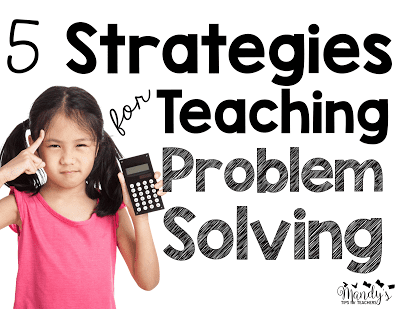



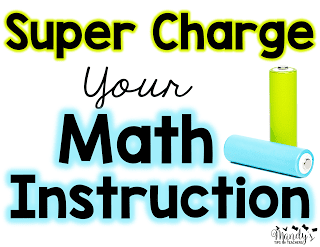

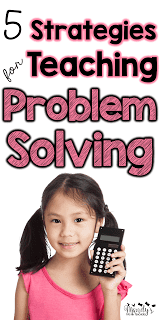


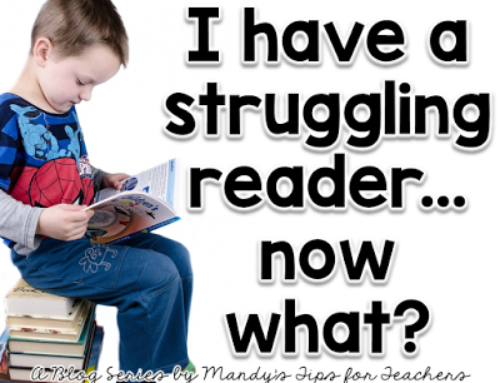
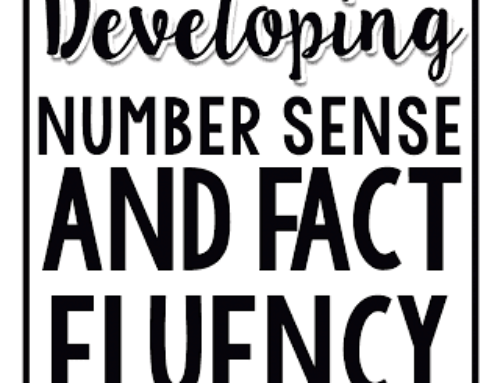

Thanks so much for the referencing my post! I love teaching problem solving. It's so fun to see the light bulbs go off when students start to understand the "why it works". Great strategies!
Jessica
What I Have Learned